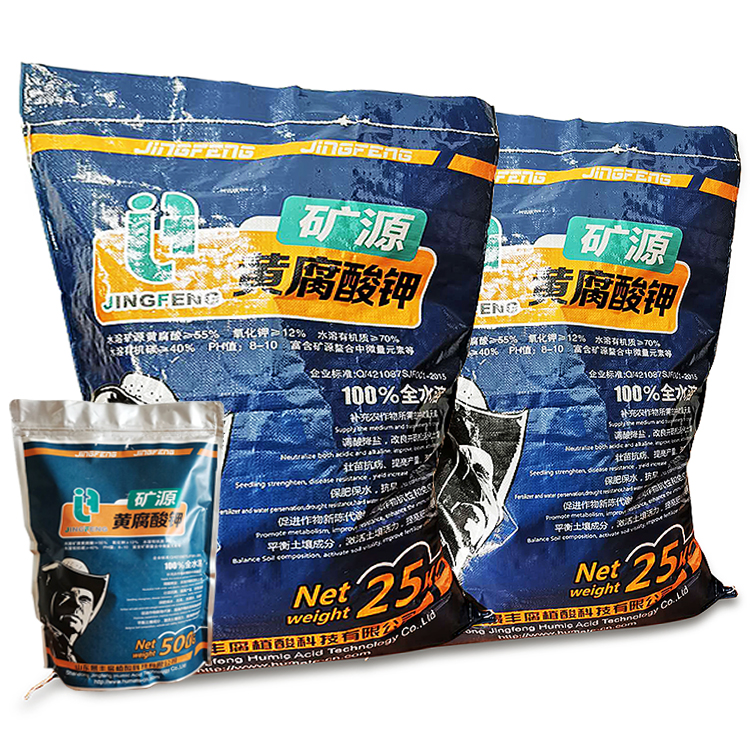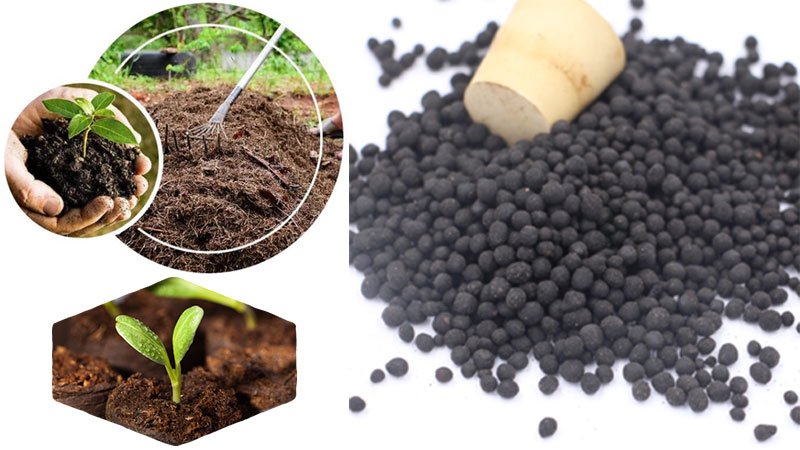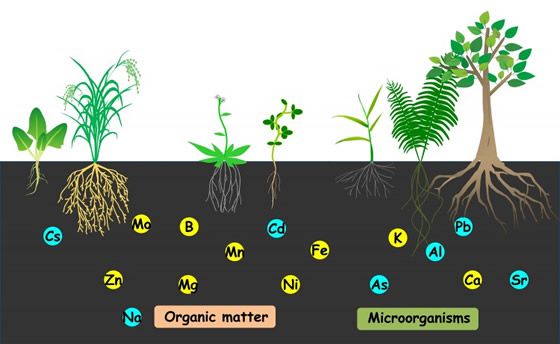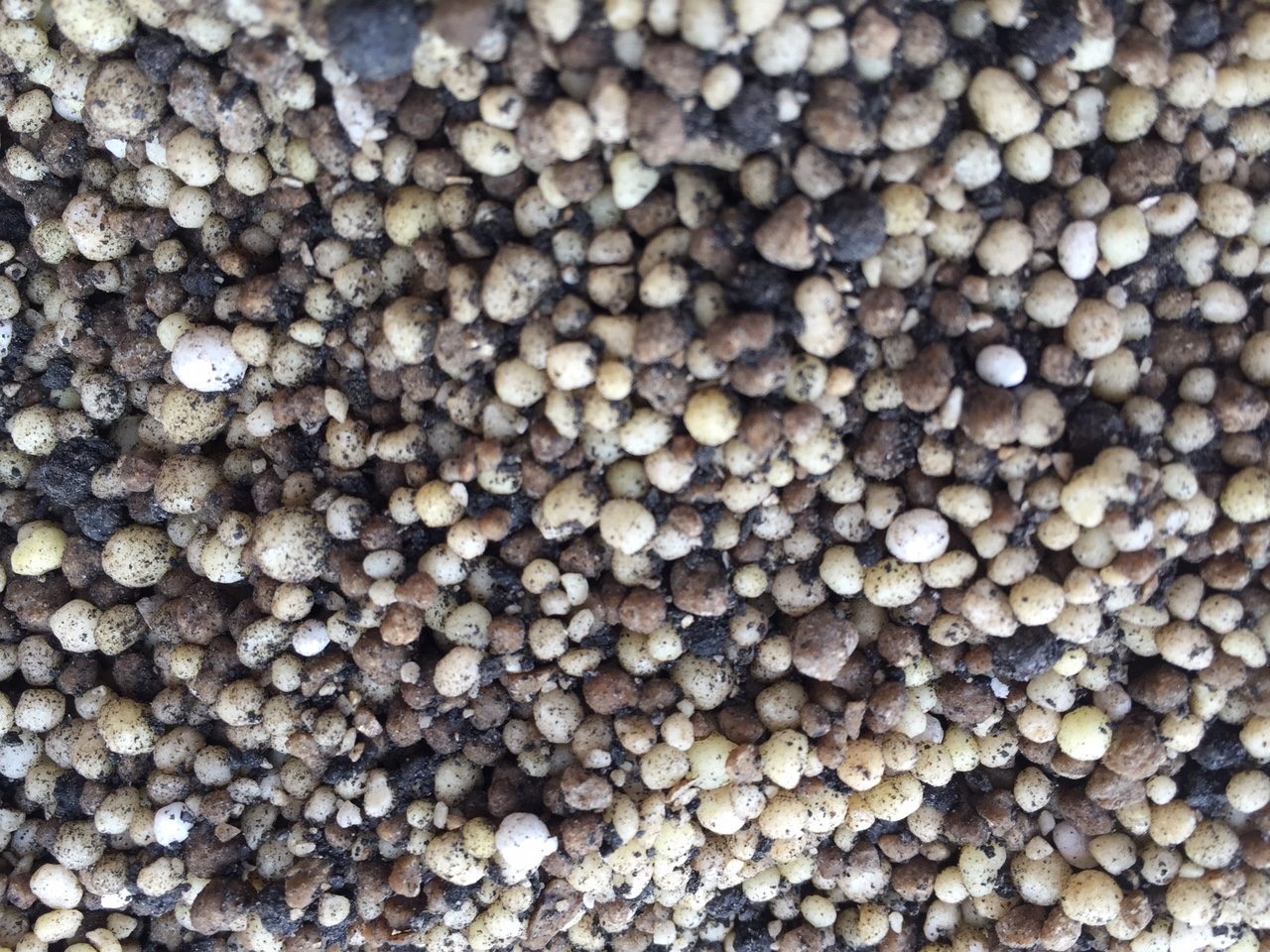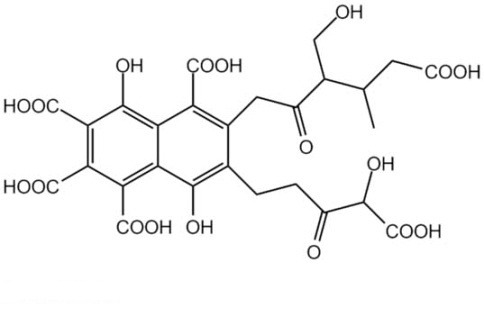Fulvic acid benefits 1: Scientific combination of new nutrient chains to fully balance plant needs.
It is not a pure molecular compound. But a mixture of heterogeneous complex macromolecular structure and extremely complex composition. Therefore, the product is rich in humic acid, fulvic acid, potassium, Which is a green organic fertilizer.
Fulvic acid Benefits 2: Unknown growth promoting factors with high bioactive function.

It has been proved by practice that the core of fulvic acid contains unknown growth promoting factors with high biological activity. Strictly speaking, fulvic acid does not contain hormones. But in the process of use, fulvic acid shows a similar benefits with many kinds of plant hormones, such as chemical synthesis auxin, cell taxon, abscisic acid and so on.
Also plays a comprehensive role in regulating the growth and development of plants (diluted 1500-2000 times with this product, which can be verified by foliar application, root irrigation and hydroponic culture). Therefore, many manufacturers who make foliar fertilizer and flushing fertilizer use this product to replace gibberellin, sodium nitrate, and other synthetic hormones.
Benefits 3:Strong complexation ability, improve the absorption and transport of plant trace elements.
Trace elements have important effects on crop growth, solubility of various enzymes, resistance to stress and disease, and improvement of yield and quality. However, the mobility of trace elements in plants is very poor. And the reuse ability is very low and easy to be solidified by soil and lose its activity. In particular, it is easy to interact with available phosphorus in soil and lead to the loss of activity, resulting in both losses.

Fulvic acid has many organic sting sites and complexation sites because of its high content of active groups such as total amino acids, carboxy groups and hydroxyl groups. Also has oxygen-containing functional groups . These coordination groups can complex or chelate with many insoluble trace elements, such as calcium, magnesium, sulfur, iron, manganese, Mo, copper, zinc, boron, etc.
Also could react with phosphorus at other sites. Thus forming fulvic acid molecules as intermediary carriers. While coordinating and promoting the absorption and transport of trace elements and phosphorus in plant roots or leaves in the body. It not only avoids the direct contact between trace elements and phosphorus and leads to passivation and deactivation of each other. But also plays a positive balance role. Thus improving the utilization ratio of both of them.
Benefits 4: Has the remarkable functions of cold resistance and drought resistance.
The mechanism of the drought resistance and the cold resistance of the fulvic acid is as follows: firstly, the activity of the enzyme in the plant is stimulated. The absorption of water and nutrients is accelerated by the cell in the catalytic plant through the regulation. The water potential of the leaves is reduced. The osmotic pressure and other metabolic activities are enhanced. In order to stimulate that plant to adapt to the environment of dry and cold in physiologically.
Secondly, the accumulation of K in the guard cells is increased. The water retention capacity can be improved by the plant when the plants are cold. When the pores of the leaf are closed or the opening degree is reduced. The water transpiration is reduced. A large number of experimental data show that the potassium of the fulvic acid can obviously increase the diffusion resistance of the stomata of the leaves by 1.5 times.
At the same time, the transpiration intensity of the leaves is reduced by more than twice. After the spraying, the drought-resistant and cold-resistant effect can be maintained for about 20 days. Secondly, the water content of the soil is improved and the activity of the root system is enhanced. The water content in different soil layers can be increased by 7% ~ 35%. While the water content of soil water is reduced by 8% within 10 ~ 20 days after spraying.
At the same time, the root system is developed. The new rooting is increased by one-fourth. The absorption of the water and the nutrient elements by the plants is facilitated. The yield of the crops is improved. And the quality of the crops is promoted.
Benefits 5:The molecular weight is the most basic physical and chemical property of the fulvic acid.
The product has the average molecular weight of 300. The high biological activity make the barrier of the plant cell membrane is highly permeable.The plant cells can absorb more water and nutrients through the functions of adsorption, conduction, transport, bridging, slow release, activation and the like of the plant cell.
At the same time, the nutrient substances by the accumulation of photosynthesis. Such as the synthesized carbohydrate, the protein and the sugar are conveyed to the fruit part to improve the quality and improve the yield.

